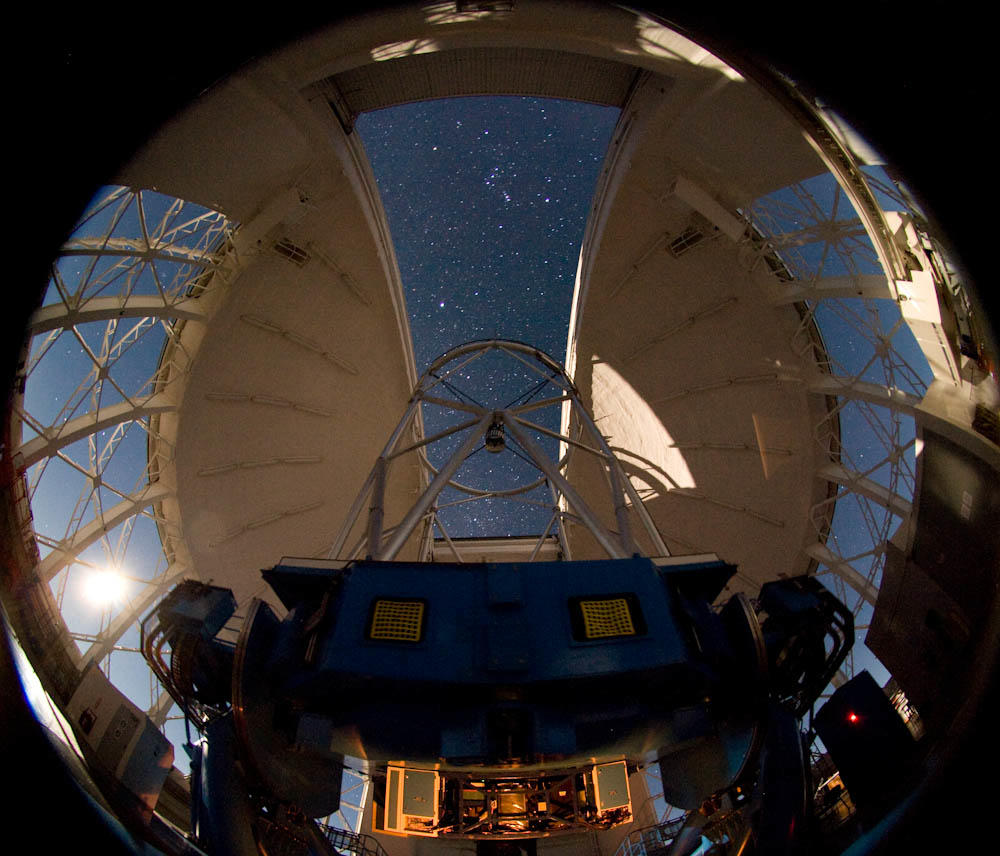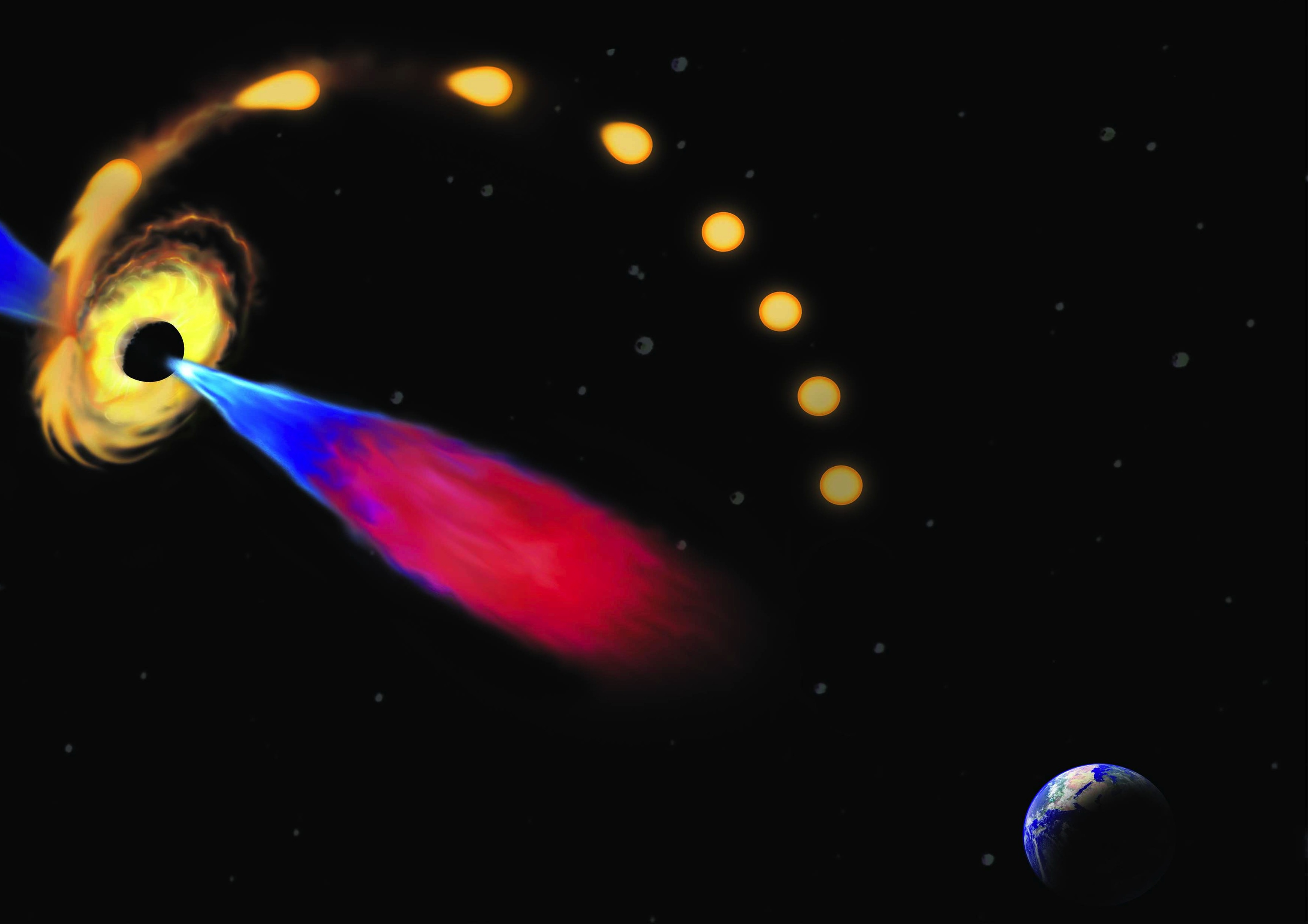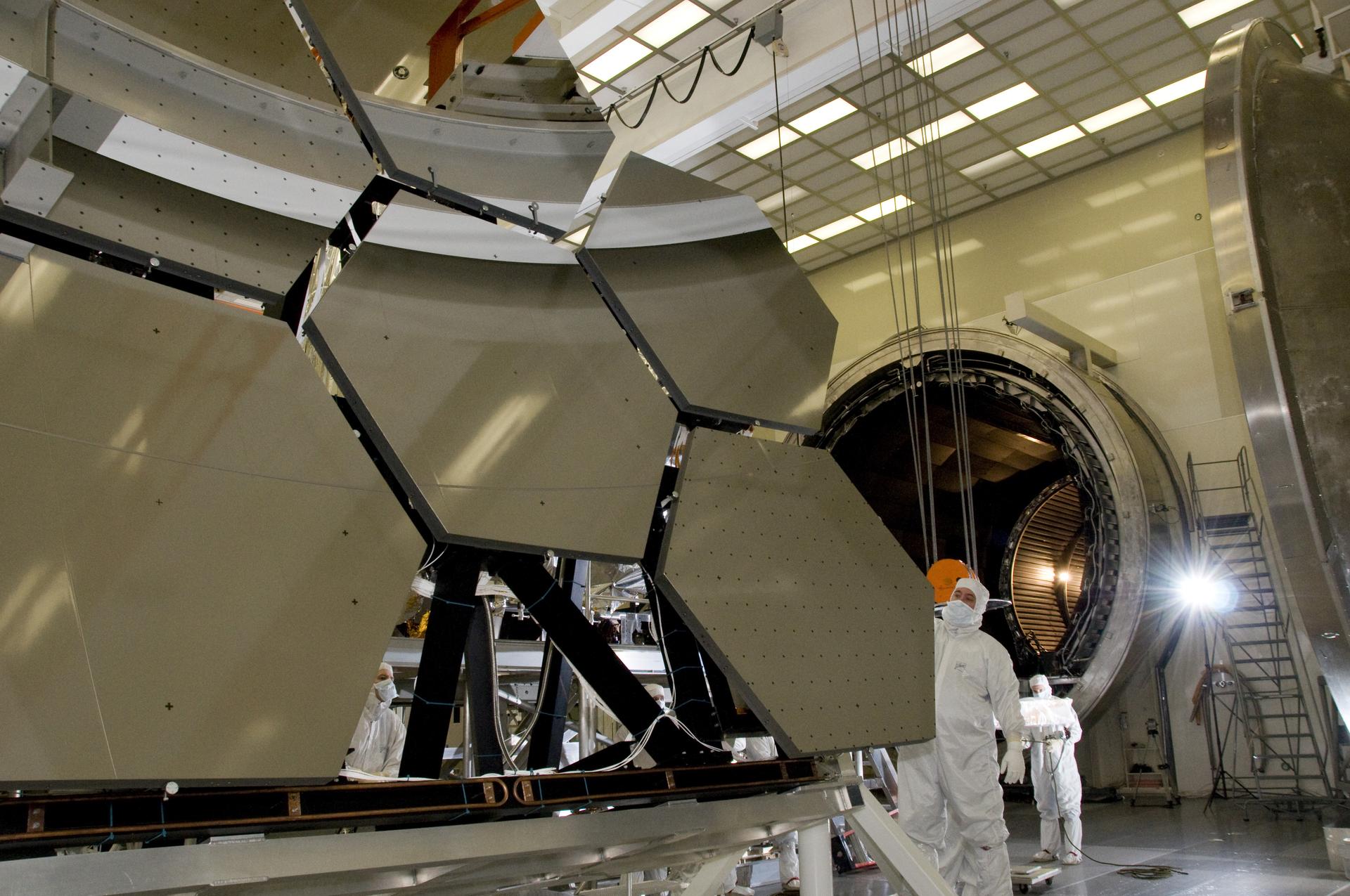By Kristen Mitchell
George Washington University researchers are building an instrument that will allow scientists to see farther into deep space than ever before. Using one of the world’s most advanced telescopes, they will be able to study astronomical objects and events with unprecedented precision.
Alexander van der Horst, a GW Department of Physics professor, spent the past two years working on a proposal for a new instrument, OCTOCAM, for the Gemini Observatory, which has large telescopes in Hawaii and Chile. OCTOCAM will be built over the next five years for the Chile facility.
OCTOCAM will be used along with a new advanced telescope, the Large Synoptic Survey Telescope, which is under construction in Chile, close to the site of the Gemini Observatory. The 8.4 meter wide LSST will be able to map the entire visible sky in just a few nights, documenting billions of new stars and galaxies. OCTOCAM is designed to perform detailed, efficient follow-up observations of what the LSST finds.
“We want to go after the most interesting objects and exciting events that LSST finds, and then observe to great depth with OCTOCAM,” said Dr. van der Horst, OCTOCAM project scientist.
Dr. van der Horst assembled a team of roughly 50 astronomers from around the world who are experts in almost 20 areas of astronomy to work on the project. GW will receive a portion of the $15 million grant to lead the scientific efforts and develop software for astronomers to efficiently use the new instrument.
OCTOCAM is scheduled to be completed by the end of 2021, ahead of the LSST’s target completion in 2022.
“We basically want to be up and running so we know it works,” Dr. van der Horst said. “Once LSST comes online we can immediately start doing follow-up observations with OCTOCAM.”
The overall project is being led by Antonio de Ugarte Postigo, a scientist based in Granada, Spain. OCTOCAM will be built in part in Spain and in the United States at the Southwest Research Institute in San Antonio, Texas.
Stephen Goodsell who manages the instrument program for Gemini, said OCTOCAM’s imaging capabilities will be able to provide a much greater level of information and detail compared to current observational tools, which will “undoubtedly lead to transformational scientific discoveries."
Once OCTOCAM is built, astronomers will be able to apply for time to use the LSST. The OCTOCAM team plans to submit a large proposal to observe that will hopefully lead to exciting scientific results, Dr. van der Horst said.
Dr. van der Horst is interested in studying short-lived events like massive stars that explode at the end of their lives, and the collisions of extremely dense objects, which might be the counterparts to gravitational waves. Albert Einstein theorized the existence of gravitational waves in 1916, which act as ripples in the fabric of space. They were first detected by scientists in 2016. OCTOCAM has the potential to find and study the visible or near-infrared light of such objects for the first time.
Oleg Kargaltsev, a GW Physics professor and a member of the OCTOCAM science team, is interested in studying the densest stars in the universe, called neutron stars, with the new instrument. OCTOCAM could advance scientific understanding of these objects and provide breakthroughs in understanding their underlying physics.
“There are very few instruments in the world that have both the sensitivity and the high time resolution required to study neutron stars,” Dr. Kargaltsev said. “OCTOCAM is a very valuable addition to the limited sample of such instruments and is superior in several ways.”
Chryssa Kouveliotou, also a GW Physics professor and a member of the OCTOCAM science team, is looking forward to using OCTOCAM to study magnetars, extremely magnetic neutron stars.
“OCTOCAM is the ideal tool for magnetars—it perfectly combines sensitivity and wavelength for observing these exotic objects,” she said. “I expect significant breakthroughs in understanding the nature of their emission and timing properties.”
Dr. van der Horst said by the time OCTOCAM is up and running, there may be new things to study.
“In this area of science, things change very rapidly,” he said. “I am very excited to find out what we will get to explore with OCTOCAM in a few years from now.”




